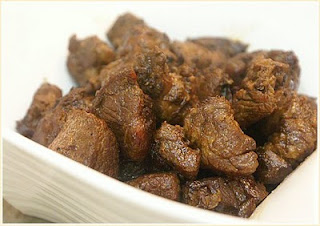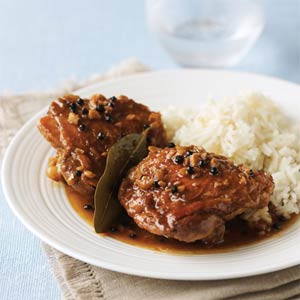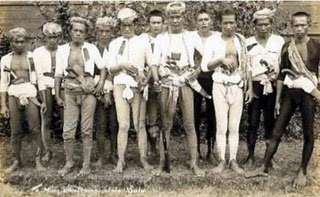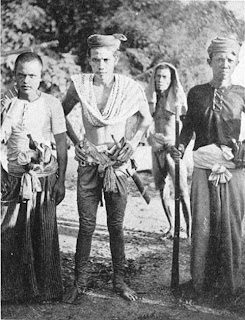 |
| by Jebbie Barrios |
Who could have imagined that we came out of bamboo? Well one guy thought of it. And thus, was Malakas and Maganda.
According to legend, a bird in its frustration snapped at a bamboo and inside it was Malakas (the strong one) and Maganda ( the beautiful one). Talk about being born in frustration. Anyway, maybe because of this legend that as a kid, I was always looking at bamboo and kept thinking how can a man and a woman have fit inside. Maybe it was a really, really huge piece of bamboo and a really, really huge bird involved. Houses shouldn't be a problem if those extra large bamboo exist.
According to a renowned Filipino Anthropologist of the University of the Philippines, Felipe Jocano Jr., before the Marcos era, Malakas was known as Sikalak and Maganda used to be Sikabay. Talk about change of names. Just like changing the names of roads here ain't it? Maybe next administration they'd change it to the name of a general and his wife. =))
Our story of creation sets us apart. No other culture tells of man and woman being of equal, yet distinct from each other. In other words, for Filipinos, man and woman complement each other but neither is dominant. It also depicts that we are part of the world. If the world grows sick and disturbed, so will we. Hopefully more reason for us to take care of our home...
According to a renowned Filipino Anthropologist of the University of the Philippines, Felipe Jocano Jr., before the Marcos era, Malakas was known as Sikalak and Maganda used to be Sikabay. Talk about change of names. Just like changing the names of roads here ain't it? Maybe next administration they'd change it to the name of a general and his wife. =))
Our story of creation sets us apart. No other culture tells of man and woman being of equal, yet distinct from each other. In other words, for Filipinos, man and woman complement each other but neither is dominant. It also depicts that we are part of the world. If the world grows sick and disturbed, so will we. Hopefully more reason for us to take care of our home...





